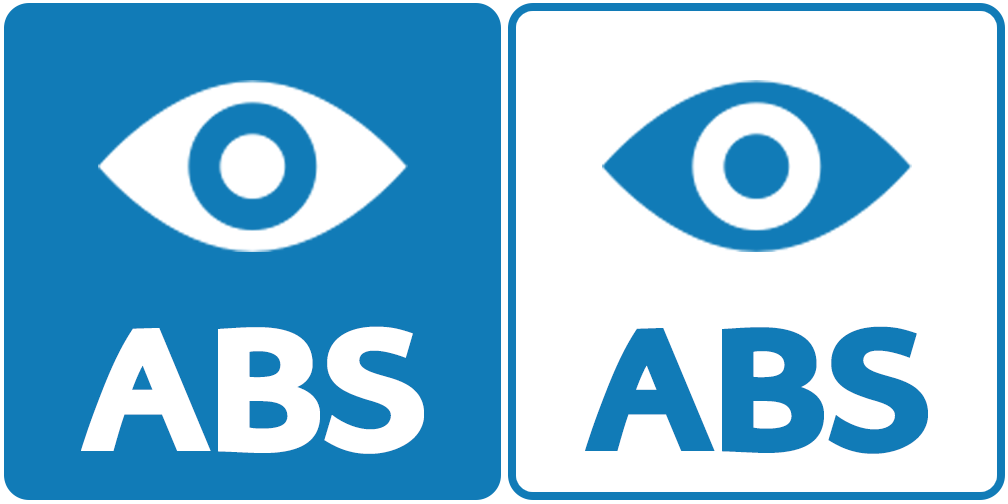Mosharaka International Conference on Communications and Signal Processing (MIC-CSP2012) Barcelona, Spain
April 6-8, 2012
ABSTRACT
In traffic capturing and analysis systems, it is important to measure the performance in terms of throughput, packet loss, CPU availability, latency, interrupt frequency, etc. If these metrics are the result of theoretical assumptions, then it is necessary to validate those results by running appropriate testing. This paper presents a generic test framework composed of four elements (a manager, agents, daemons and formatters). With these four elements, every phase of the validation process is automated, from test configuration to result formatting. The architecture presented in this paper has been applied to validation tests of traffic monitoring systems devoted to high speed network traffic analysis. The performance tests have been made modifying different parameters such as packet injection rate, packet length, the number of processors on the probe, analysis load or probe’s configuration mode. In spite of having this infrastructure and configuration complexity, the deployment of this framework has led to a reduction in the time needed for the test phase and the number of errors due to mistakes.








